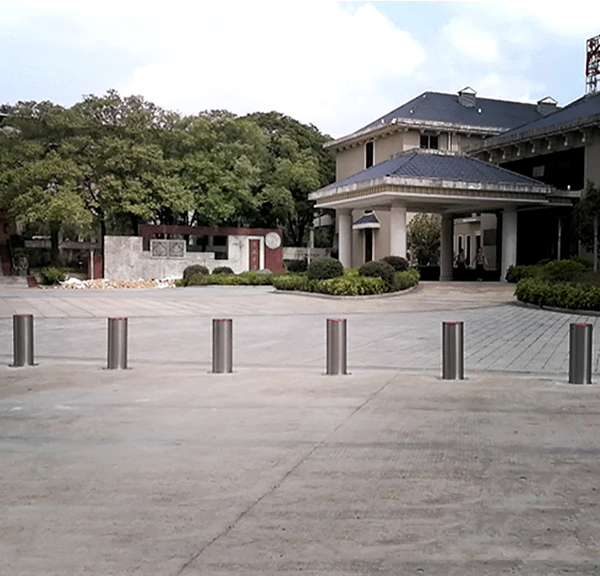0086-13924498389 info@qiruisafe.com
Security bollards are increasingly being installed in hospitals to enhance safety and protect against various threats. Here’s why they are important and how they are used:
Purposes of Security Bollards in Hospitals:
1. Vehicle Ramming Attacks (Hostile Vehicle Mitigation - HVM)
- Prevent vehicles from intentionally crashing into hospital entrances, emergency departments, or crowded areas (e.g., in response to past terrorist attacks using vehicles).
- Protect against accidental collisions from cars or trucks near pedestrian zones.
2. Pedestrian Safety
- Separate vehicle pathways from walking areas to prevent accidents.
- Control traffic flow in parking lots, ambulance bays, and drop-off zones.
3. Perimeter Security
- Restrict unauthorized vehicle access to sensitive areas (e.g., helipads, utility entrances, or restricted zones).
- Act as a visible deterrent against criminal activity (theft, vandalism, or violent intrusions).
4. Protection of Critical Infrastructure
- Shield gas lines, electrical units, or emergency generators from accidental or intentional damage.
5. Emergency Preparedness
- Help manage crowds during emergencies (e.g., pandemics, mass casualty incidents) by guiding foot traffic.
Types of Bollards Used in Hospitals:
- Fixed Bollards: Permanent, heavy-duty steel or concrete posts for high-security zones.
- Removable/Retractable Bollards: Allow temporary access for emergency vehicles or deliveries.
- Automatic Rising Bollards: Controlled via access cards or sensors for dynamic security.
- Decorative Bollards: Provide subtle security while blending with hospital aesthetics.
Key Installation Areas:
- Main Entrances & Emergency Departments (high pedestrian traffic)
- Ambulance & Fire Lane Access Points
- Pedestrian Walkways & Courtyards
- Loading Docks & Service Areas
- Helipads & Critical Infrastructure Zones
Compliance & Standards:
- Crash Ratings: Some bollards meet K12, IWA-14, or PAS 69 standards for impact resistance.
- ADA Compliance: Must not obstruct wheelchair access or pathways.
- Local Regulations: Hospitals may follow DHS (U.S.), CPNI (UK), or ISO standards for hostile vehicle mitigation.
Additional Measures:
- Combined with surveillance cameras, barriers, and access control systems for layered security.
- Regular risk assessments to identify vulnerable areas needing bollards.
Conclusion:
Security bollards in hospitals are a critical part of modern safety infrastructure, balancing protection, accessibility, and aesthetics. Their deployment should be tailored to the hospital’s specific threats and operational needs.
